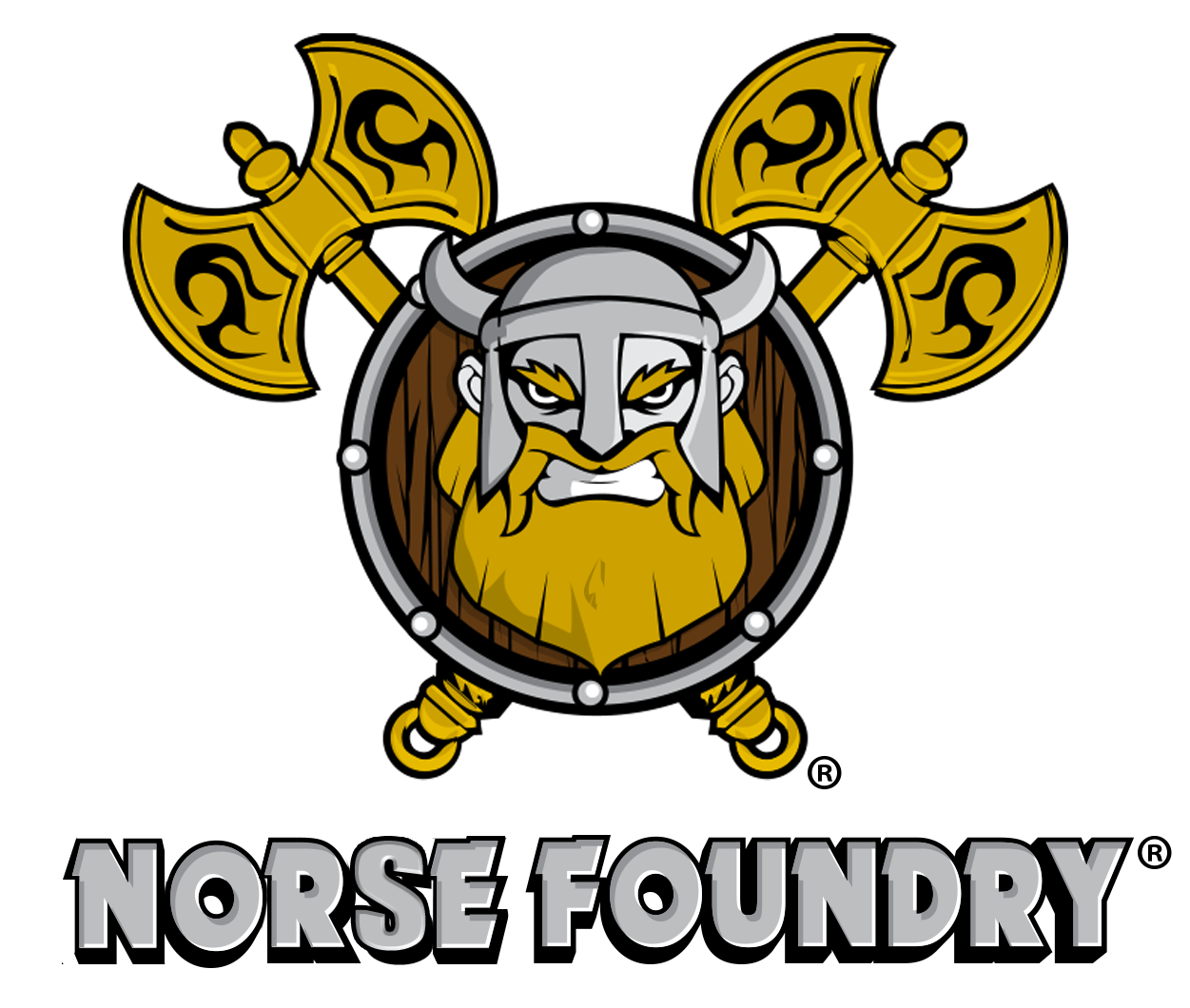On a Mission from (a) God
Paladins are the big damage dealing, heavy armor wearing, warriors of a god they worship. Like clerics, paladins gain their magical abilities from the god they are in service with. Their connection to their deity can be a fun roleplay component of your Dungeons and Dragons 5e game. In this How to Build article, I’ll show off some aspects of the paladin class and some fun race choices that work well with the prayer warrior class.
Class Features
The paladin class has two early level features that I are unique to the paladins compared to other classes:
The first class feature is Divine Sense. This ability lets the player sense certain kinds of creatures within a certain radius. It also allows the paladin to tell if an area in this range has been either consecrated or desecrated. This can create some fun roleplay opportunities where the party’s paladin has a “spidey sense” of sorts and leads the group to some sort of wacky adventure!
The second early level class feature that I’ll be covering is the Lay on Hands feature. When using this feature, the paladins makes touches a target to heal them. For roleplay flavor, the paladin can throw down his weapons, drops to his knees, prays to his god for power, lays his hands on the injured warrior’s chest healing them with this divine gift.
Character Creation
When building your prayer fueled powerhouse, make strength and charisma your highest stats to be sure your holy smites hit hard and your hands heal all wounds. The following races can be some options to build a great paladin for your Dungeons and Dragons 5E campaign!
Triton
D&D’s version of mer-people can be a great choice for a paladin! With a staggering +1 for strength, constitution, and charisma, a stern warrior of the deep who never jokes with their fellow adventurers (think Namor the Sub-Mariner from Marvel comics). Some possible choices of a deity to choose from are: Umberlee goddess of the sea, Talos god of storms, or Selune goddess of the moon.
Half-Elf
The offspring of humans and elves, have racial bonuses that can be beneficial if they choose the path of righteousness. For racial bonuses, half-elves have a +2 charisma and +1 to two other ability scores. If creating a paladin, I would choose to increase strength and constitution or dexterity. Being a hybrid of human and elf, for roleplaying ideas half-elves could follow a deity from either their elven or human ancestry.
Dragonborn
The sons and daughters of the dragons or immigrants from another plane, the history of how the dragonborn people came to be is unclear. One thing that is clear however, is that the dragonborn race make awesome paladins. WIth racial bonuses of +2 to strength and +1 to charisma, armed with a breath weapon based on their draconic heritage, dragonborns are awesome to play and can be awesome paladins.
In my personal D&D 5E game, one of my players is a bronze dragonborn by the name Rhogar the Rugged, champion of Tymora the goddess of good fortune. Rhogar is very socially unaware of his surroundings and how his actions affect others and I love him dearly. My player’s role play choices for Rhogar are very interesting since he plays him as this loyal idiot who’s devotion to his goddess knows no bounds.
As I always end these How to Build articles, there is no right or wrong way to build a character. The biggest piece of advice I can provide is to have fun, and roll with the dice!
*Dungeons and Dragons and their content is the property of Wizards of the Coast. Norse Foundry makes no claim to ownership to any of the things discussed in this article, this article is a helpful opinion guide on to how to play the game.


